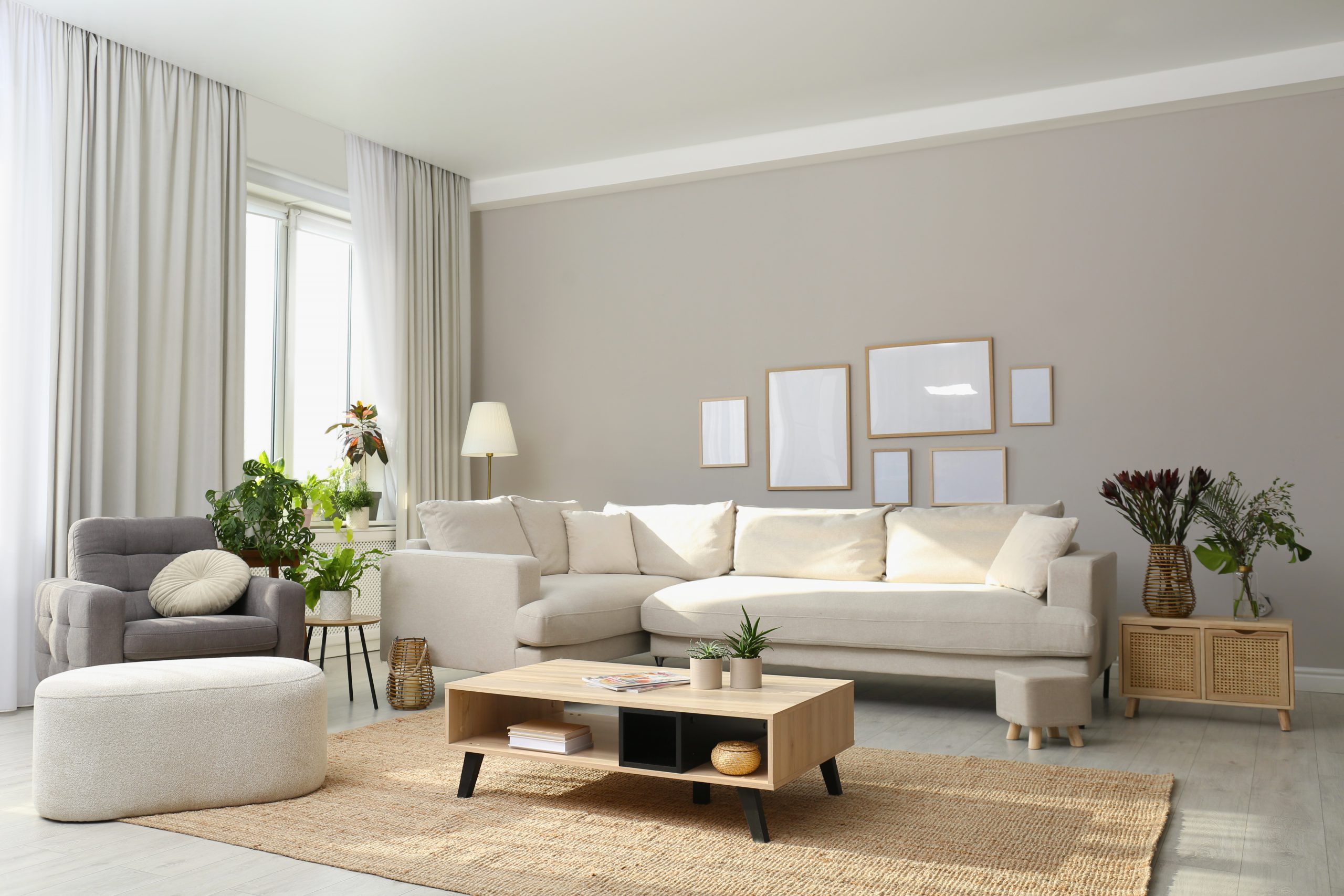
Whether it’s an investment or a much-loved, long-held family home, dwellings should look their best when on the market to ensure sellers receive a great price.
Enter: home staging. This temporary revamp of a property, which can be undertaken by professionals or sellers themselves, is essentially a marketing strategy to improve the selling price of a property.
Home staging aims to create a warm and inviting residence by highlighting its best features.
At the same time, home staging is not the redecoration or interior design of a house.
A good home staging will keep the house neutral and decorations minimal, to ensure the property appeals to the largest number of buyers.
A professional home staging will cost more, especially if the house is vacant as more furnishings will need to be rented.
However, the cost may be worth it if it increases the property sale price.
And remember, only a few key rooms or areas generally need to be home-staged and any rented furnishings can be minimal.
Either way, sellers should deep clean and declutter their property first.
A DIY home stage may only require a few nice pieces of artwork, a professional clean of the carpets, rugs and furniture and a refresh of some decor.
Focus on the main living area, kitchen and bedroom.
Ensure the home smells fresh and clean while not concealing obvious odors with scented candles as buyers will think it’s a cover up.
Remove all personal items such as family photos, wall quotes, fridge magnets and toys.
A professional home stager will generally meet with a client at the property first to evaluate and consider its market appeal.
They will discuss sales expectations and offer recommendations and improvements on how to best increase the sale price.
Some of these improvements will be “homework” that the vendor will need to undertake, such as a deep clean and declutter.
If the home is still occupied by the seller, the home stager will usually incorporate current furniture and decor, and they may recommend hiring additional pieces.
